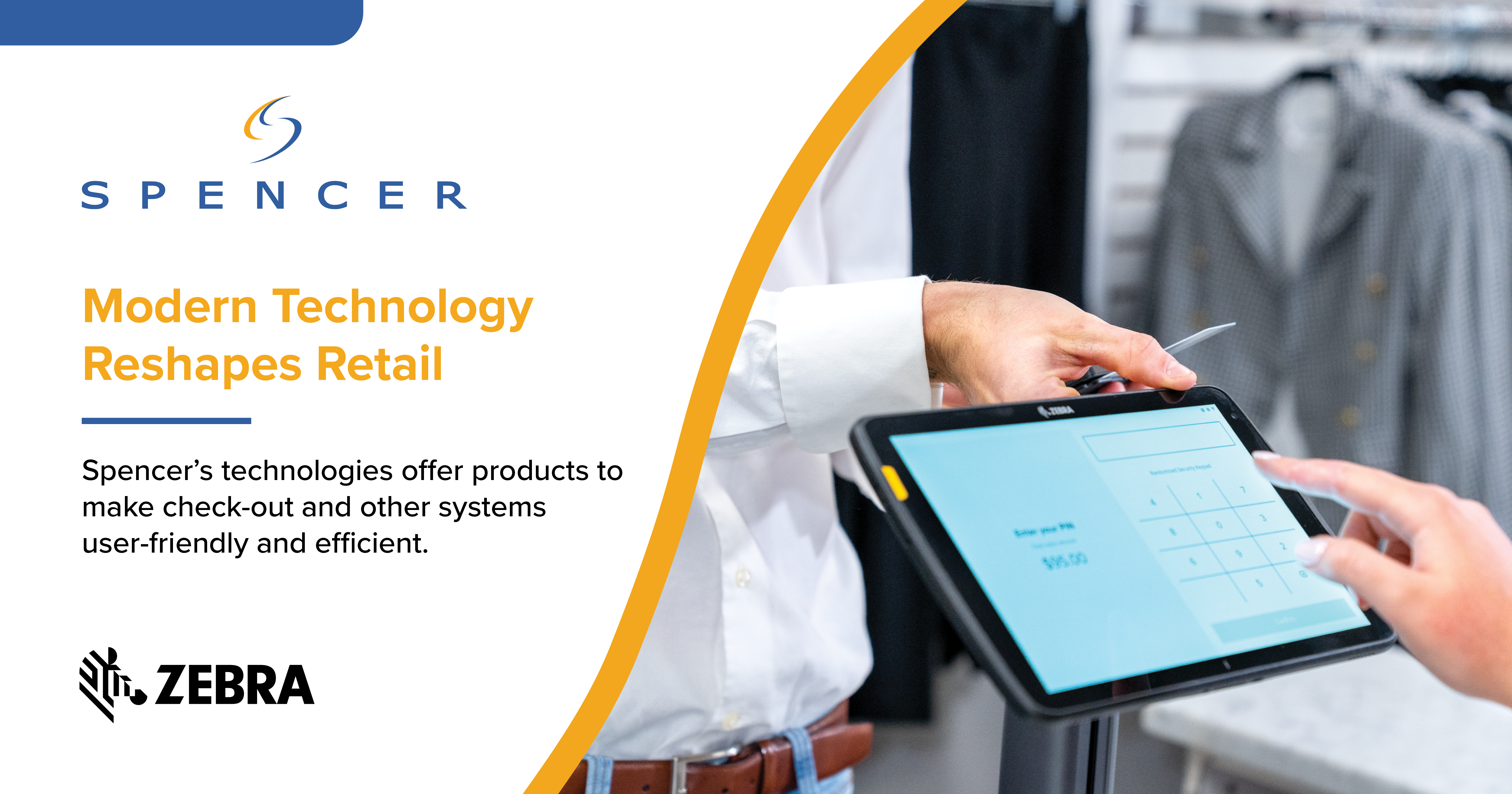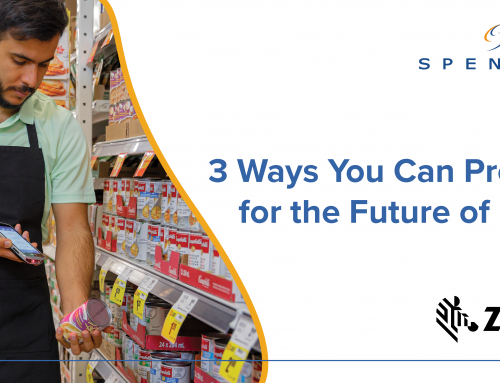As the year progresses, many retail leaders are searching for the top trends and technologies to affect consumer behavior. A quick glance back at 2022 reveals a sea of challenges set to stretch well into the new year. Among unique challenges, retailers big and small grappled with the following common struggles last year:
- Labor shortage
- Raw material shortages
- Increasing fuel costs
- Labor strikes
- Inflation
- Demand for faster shipping
- Mandated RFID requirements
- Shipping tariffs
- Global tension
While it might be difficult to predict what will revolutionize retail, change is always certain. Therefore, experts suggest that top solutions will be marked by their fast adaptability and ease of use.
4 Technologies Empowering Agile Change
Zebra’s latest Annual Global Shopper Study revealed that 69% of shoppers still prefer a blend of in-store and online shopping. To meet customers’ evolving expectations, many retailers now turn to:
- Sustainable order fulfillment to reduce carbon footprint. Six in ten customers consider a brand’s commitment to sustainability before completing a purchase. While altering a product’s composition may not be possible, distributors can minimize their carbon footprint by consolidating workflows into versatile handheld devices for less e-waste and energy consumption. Next-generation mobile computers streamline scanning and data sharing through one terminal, eliminating the need for pen-and-paper tracking.Furthermore, programs like the GO Zebra Trade-In Program allow businesses to trade in outdated devices for newer models, curbing the production of e-waste while facilitating upgrades.
- Real-time order assembly tracking for pick-up requests. About 76% of retailers struggle to maintain real-time inventory visibility. As customers continue to gravitate towards buy-online-pickup-in-store processes, accurate visibility is crucial to prevent stockouts and notify customers of their order status.Adaptable connectivity solutions can prevent dead zones, which often interfere with device performance. A tailored network can keep devices connected to your database –and your customers– without disruptions.
- Automated data computing to generate personalized experiences. Devices like Zebra’s PS20 empower customers to shop and locate products independently while tracking in-demand items and purchase patterns. Collected data can be later used to optimize shopping experiences catered to your shoppers’ preferences.Intelligent scanning can also maximize inventory control. RFID systems providing real-time stock counts and location accelerate order assembly and keep stock where it belongs: on the shelf, ready for your customers.
- User-friendly checkout systems for self-checkout. Studies estimate that 46% of retail transactions take place at the self-checkout. Therefore, solution providers must tailor systems that minimize lines. Upgraded checkout systems now employ mobile POS terminals and cordless scanning to drive down wait times and secure a positive shopping experience.
Supply chain challenges are sure to continue as customer demands increase and new technologies are introduced. By working alongside a dedicated team, storefronts can leverage next-evolution systems to overcome obstacles and stay ahead of change. Contact our modernization team today to see how you create a modernized storefront with best-in-class solutions.






